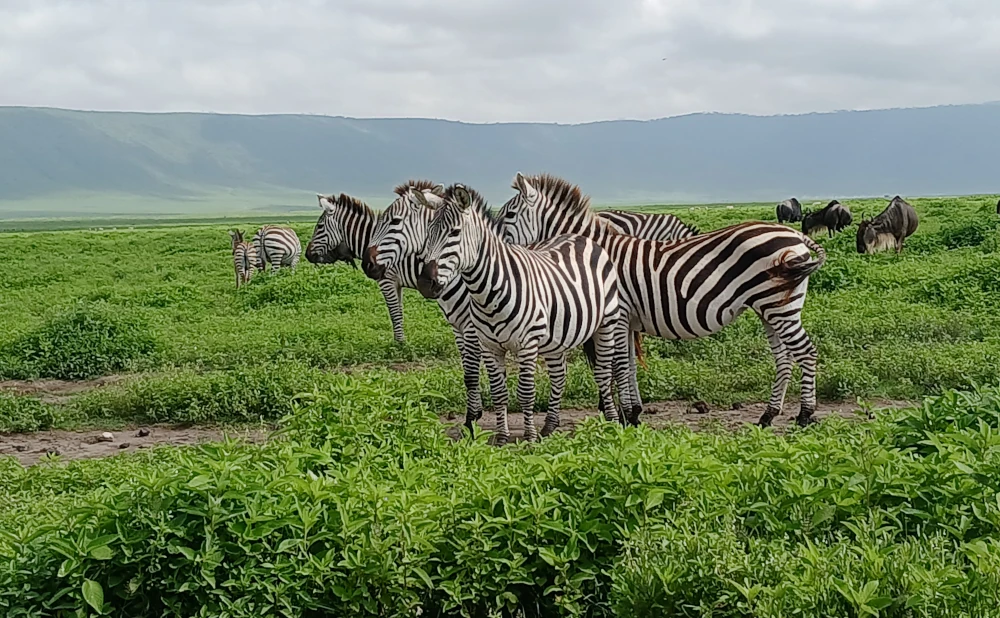
The Ngorongoro Conservation Area is a UNESCO World Heritage Site located in Tanzania. It’s renowned for its breathtaking landscapes and rich biodiversity. The area encompasses the Ngorongoro Crater, a volcanic caldera that shelters a diverse ecosystem, including grasslands, forests, and a high concentration of wildlife.
Crater Formation:
The Ngorongoro Crater was formed by the collapse of a large volcano millions of years ago. It is one of the world’s largest intact calderas, creating a natural enclosure for a variety of flora and fauna.
Wildlife Sanctuary:
Often referred to as the “Eighth Wonder of the World,” the Ngorongoro Crater is home to a remarkable array of wildlife. Visitors can spot the “Big Five” (lion, elephant, buffalo, leopard, and rhinoceros) along with numerous other species like wildebeest, zebras, hippos, and various bird species.
Maasai People:
The Maasai, a semi-nomadic ethnic group, coexist with the wildlife in the conservation area. Their traditional lifestyle and cultural practices are integral to the Ngorongoro landscape.
Cultural Heritage:
Beyond its natural beauty, the area is a treasure trove of archaeological sites. Olduvai Gorge, within the conservation area, has yielded some of the earliest evidence of human evolution, making it a crucial site for paleontological and archaeological research.
Tourism and Safaris:
Ngorongoro attracts visitors from around the globe who embark on safaris to witness the diverse ecosystems and wildlife. Safari experiences may include game drives, guided walks, and cultural interactions with the Maasai people.
In essence, the Ngorongoro Conservation Area is a unique and multifaceted destination that combines stunning natural landscapes, incredible biodiversity, and a rich cultural tapestry. It stands as a testament to the delicate balance between conservation and human activities.



